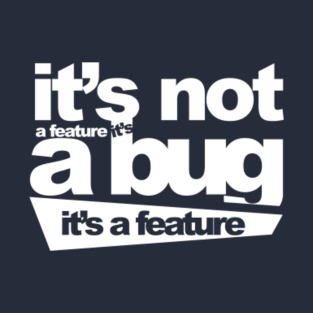
‘Teknik Hacking’ merupakan sebuah ilmu yang mengajarkan cara memasuki
sistem orang lain secara ilegal dengan tujuan yang beragam mulai dari
sekedar mempelajari sistem tersebut, mencari kelemahan, merusak bahkan
menghancurkan.
Hingga saat ini, masih banyak sekali yang penasaran dan ingin
mempelajari ilmu tentang Teknik Hacking ini. Namun, dari berbagai
artikel yang membahas tentang Hacking yang dapat kita temukan di
Internet, rata-rata trik yang ditunjukkan sudah ‘Basi’ dan sudah tidak
bisa digunakan lagi.
Have fun Silakan Download
- Black Belt Hacking & Complete Hacking Book
- Hackers High School 13 Complete Hacking E-books
- Penentration Testing With Backtrack 5
- A Beginners Guide To Hacking Computer Systems
- Black Book of Viruses and Hacking
- Secrets of Super and Professional Hackers
- Dangerours Google Hacking Database and Attacks
- Internet Advanced Denial of Service (DDOS) Attack
- Computer Hacking & Malware Attacks for Dummies
- G-mail Advance Hacking Guides and Tutorials
- Vulnerability Exploit & website Hacking for Dummies
- Web App Hacking (Hackers Handbook)
- Security Crypting Networks and Hacking
- Botnets The Killer Web Applications Hacking
- Hacking attacks and Examples Test
- Network Hacking and Shadows Hacking Attacks
- Gray Hat Hacking and Complete Guide to Hacking
- Advance Hacking Exposed Tutorials
- 501 Website Hacking Secrets
- Internet Security Technology and Hacking
- CEH Certified Ethical Hacker Study Guide
- Advanced SQL Injection Hacking and Guide
- Web Hacking & Penetration testing
- OWASP Hacking Tutorials and Web App Protection
- CEH – Hacking Database Secrets and Exploit
- Ethical Hacking Value and Penetration testing
- Hack any Website, Complete Web App Hacking
- Beginners Hackers and tutorials
- Ethical Hacking Complete E-book for Beginners
- Backtrack : Advance Hacking tutorials
- SQL Injection attacks and tutorials by Exploit DB
- XSS + Vulnerability Exploitation & Website Hacking
- Ultimate Guide to Social Enginnering attacks
- White Hat Hacking complete guide to XSS Attacks
- Cross Site Scripting and Hacking Websites
- The Hackers Underground Handbook ( hack the system)
- Blind SQL Injection tutorials and Hacking
- Hacking Secrets Revealed
- Hacking Website Database and owning systems
- Reverse Engineering for Beginners
- Reverse Enginnering (The Real Hacking)
- Computer Hacking
- Hack your Friend using Backtrack
- Reverse Enginnering Hacking and Cracking
- Hack the System for beginners
- Hacking into Computer Systems
- Blind SQL Injection Discovery & Exploitation
- CEH v8
Reference to wwwtopreviews.com



















